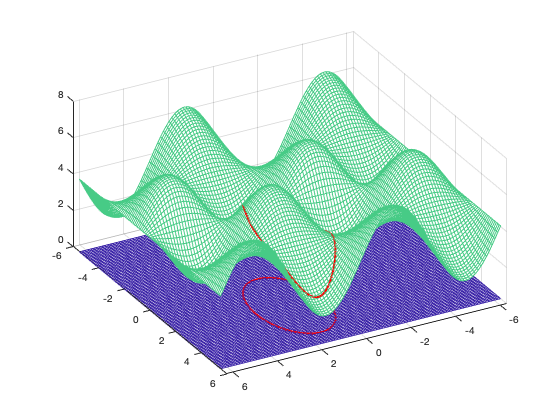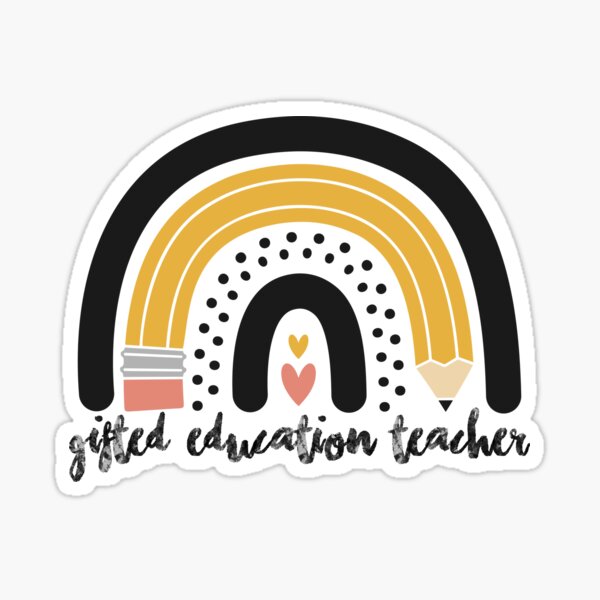
Calculus 2 is a mathematical course that focuses on 2 main points - Integration and Differentiation. The main weapon for integrals is the Riemann sum. Integration can be used for many purposes, including the area beneath the curve, volume solids, or work. Integrals are important for many mathematical applications, even though they can be annoying.
Integral calculus
Integral calculus is a mathematical subject which deals with functions. This topic covers a range of topics, including the optimization of functions, derivatives, and functions of many variables. The fundamental theorems that underlie calculus are ultimately derived from this topic. Numerous examples are available to illustrate the concepts of integral calculation.
Integral calculus focuses on the study of integrals, and derivatives. A function with an integral value is called a derivative. An integral is a function that deviates from an origin. This type is either positive, negative or zero.

Differentiation
Calculus 2 differentiates between two key points: Integration, and Riemann sums. The methods used for integration are all variations of the U-Substitution formula. The integration applications include areas under curves and volumes of solids. Integration is an essential concept for all mathematical disciplines. However, students often have trouble understanding it.
Differentiation, a fundamental concept in calculus, is key. It describes how fast a function changes relative to a variable. While the term derivative is most commonly used to describe a function's rate of change, it does not have to be limited to that. It can also be used for measuring the change in a function per unit of change in an independent variable. For a clear understanding, let's consider an example. Consider a function y = f(x). It is written as dy/dx in the Euler's Notation. Lagrange’s notation uses the function y=fx.
Trigonometric equations
Trigonometric functions can be used to describe many phenomena. They are useful for modeling sound waves, the vibrations of strings, the motion of pendulums, and just about any kind of repetitive motion. This chapter will cover the most important trigonometric functions, as well the identities.
These identities will allow you to solve the limits, derivatives and integrals of trig functionals. You'll probably use them most often when working out integrals on a no-calculator section of the test. A Unit Circle will also be taught to calculate the sine and cosine of an angle.

Prerequisites
Calculus 2 needs several prerequisites. These include Algebra I as well Calculus II. Elementary geometry is also required. Precalculus is an introductory analysis course. Calculus requires that you have a good understanding of functions, and how they graph. Students should also have a strong background in other areas of mathematics.
In Calculus II, students learn about the concepts of differential and integral calculus. They will also acquire skills in solving integration and power series problems. They will be able interpret the results and translate them into common language.
FAQ
How do I apply for college?
There are many different ways to apply to college. You can get started by contacting your high school guidance counselor or admissions representative. Many high schools use online applications. Local colleges can also be reached directly. Many colleges will accept applications through the Internet via their website.
You can apply by mail, but you will need to complete the application and write a personal essay. Also, send copies of any required documents. The personal statement gives you an opportunity to share why you want to attend this particular institution and how it would benefit you. It helps the admissions team understand your motivations and goals.
Download sample essays from our website.
What does it entail to be a teacher in early education?
An early childhood teacher must have specific training. Most states require applicants for teaching positions to have certification from the state board before they are allowed to work in public school.
Some states require teachers passing tests in math and reading.
Some states require teachers to hold a certain number of hours of coursework related to early childhood education.
Most states have minimum requirements that teachers must know. These requirements are not the same in every state.
How much does homeschooling cost?
There are no set costs for homeschooling. Some families charge between $0-$20 per lesson. Other families offer no-cost services.
It takes effort and dedication to homeschooling. Parents need to make sure they have enough time to spend with their children.
They need to have access books, supplies, or other learning materials. Homeschoolers are often required to attend community events and participate in programs that complement their curriculum.
Parents need to consider costs such as transportation, tutoring, and extracurricular activities.
Homeschoolers must also plan ahead to take part in field trips, vacations, or special occasions.
What's the purpose of education and schooling?
Education should help students develop skills necessary for employment. Education is not only academic. It is also a social pursuit where students learn from each others and gain confidence through engaging in activities such music, sports, and art. Learning to think creatively and critically is a key part of education. This allows students to be self-reliant, independent, and confident. What does it mean to have good educational standards?
Education standards that ensure all students reach their full potential are good. They establish clear goals for teachers to work towards with their students. Education standards that are flexible enough to allow schools to adapt to changing needs can be a good thing. They must also be fair and equitable so that every child has the chance to succeed regardless of their background.
Do you need to go to college to become an early childhood educator?
You can't, but it is worth considering going to college to get a degree in this field.
It is important that you realize that being a teacher can be difficult. Each year, many applicants are rejected from programs. Many students also quit college after only one semester.
To become a teacher, you must also meet certain qualifications.
How do you get scholarships?
To help pay college expenses, scholarships are grants. There are many types available in scholarships. These are:
-
Federal Grants
-
State Grants
-
Student Loans
-
Work Study Programs
-
Financial Aid
Federal grants come directly to the U.S. Federal grants usually require applicants to meet specific requirements. Financial need is one example.
Individual states can offer grants to state governments. Some states offer these funds based on financial need; others award money for specific reasons.
Banks and other lending agencies can provide student loans. Students often borrow money to pay for tuition and living expenses.
Work-study programs encourage employers to hire qualified student workers. Employers must pay workers at least minimum wage.
Financial aid helps low-income families afford college by covering most or all tuition costs.
Is there a specific skill required for my chosen profession?
A good level of written communication is essential if you want to be a lawyer. Nursing requires you to communicate well. Excellent math skills are required to be an accountant. These are just some examples. Consider all the activities you love. What type of job would allow you to do these things again? You will need to know how to design machines and structures if you want to become an engineer. To be successful in this area, you'll also need to understand basic math. Business success requires a solid understanding of statistics and numbers. Good communication skills are essential if you wish to become a teacher. You will need to have the ability to help others learn and to teach them.
Statistics
- In most developed countries, a high proportion of the population (up to 50%) now enters higher education at some time in their lives. (en.wikipedia.org)
- Data from the Department of Education reveal that, among 2008 college graduates, 92.8 percent of humanities majors have voted at least once since finishing school. (bostonreview.net)
- “Children of homeowners are 116% more likely to graduate from college than children of renters of the same age, race, and income. (habitatbroward.org)
- And, within ten years of graduation, 44.1 percent of 1993 humanities graduates had written to public officials, compared to 30.1 percent of STEM majors. (bostonreview.net)
- These institutions can vary according to different contexts.[83] (en.wikipedia.org)
External Links
How To
What is vocational training?
Vocational Education prepares students for work by giving them skills that are required for a specific job, such as welding. Vocational Education also offers apprenticeship programs that provide on-the-job training. Vocational education differs from general education because it focuses on preparing individuals for specific careers rather than learning broad knowledge for future use. The goal of vocational education is not necessary to prepare people for university study but to help them find jobs upon graduation.
Vocational education can be offered at any level of schooling: primary, secondary, college, university, technical institutes and trade schools. There are also many specialty schools like nursing schools and law schools, legal schools, medical schools and dental schools as well as veterinary medicine, veterinary medicine, firefighting, police academies and military academies. These schools offer both practical and academic training.
In recent decades, many countries have made large investments in vocational training. However, the effectiveness of vocational education remains controversial. Some critics claim it is not effective in improving students' employability. Others argue that it helps them prepare for life after school.
The U.S. Bureau of Labor Statistics has estimated that 47% of American adults hold a postsecondary certificate or degree related to their current occupation. This figure is higher for those with more education. 71% (25-29) of Americans have a bachelor's level or higher and work in fields that require a postsecondary degree.
According to the BLS in 2012, almost half of Americans had at the least one type of postsecondary credential. One-third of Americans had a two year associate degree. Only 10% held a four-year bachelors degree. One out of five Americans held a master's degree or doctorate.
In 2013, the median annual wage for persons holding a bachelor's degree was $50,900, compared to $23,800 for those without a degree. For those with advanced degrees, the median wage was $81,300.
For those who did not complete high school, the median wage was only $15,200. Earn $13,000 per annum for those with less high school diplomas.